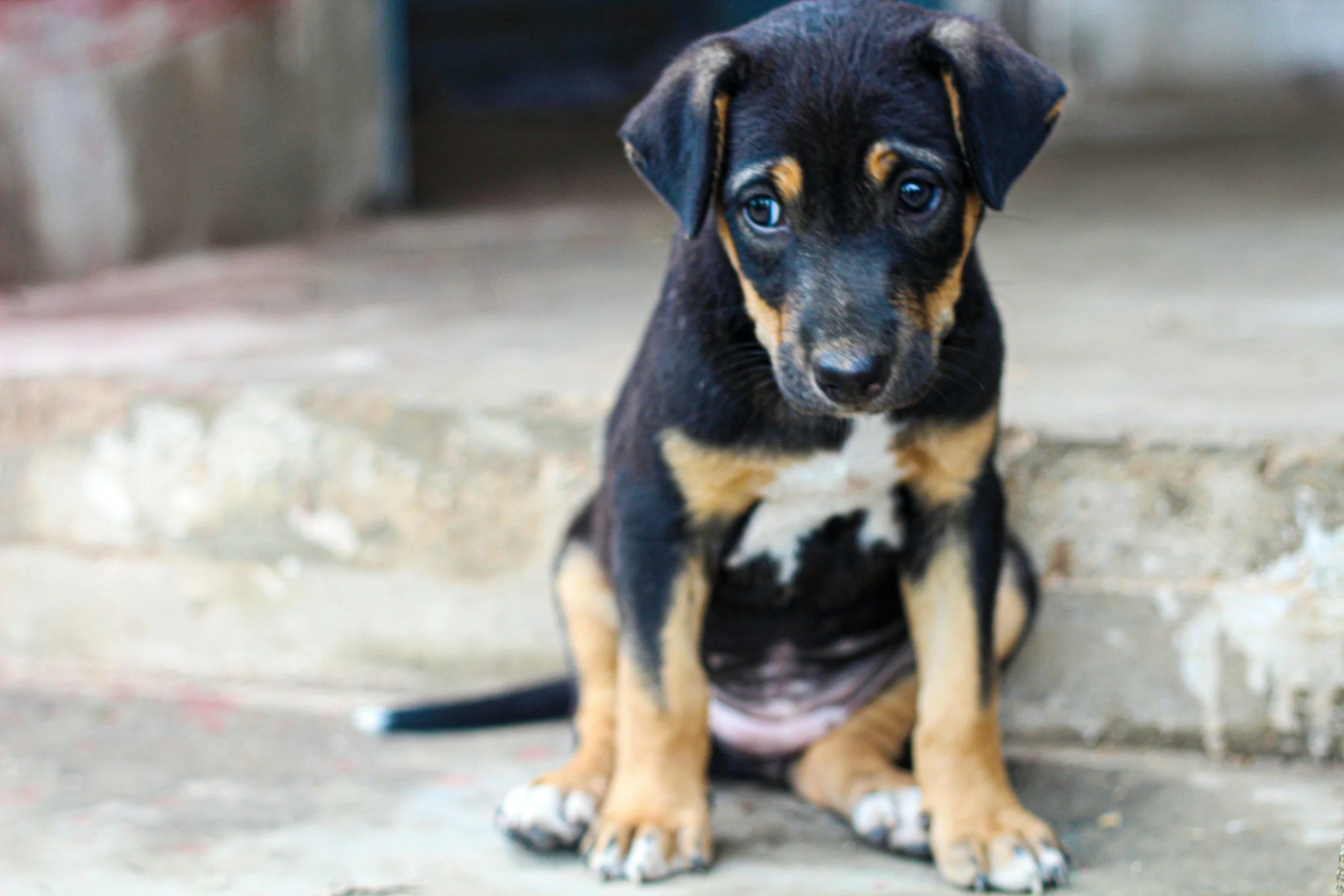“My dog knows he’s done something wrong because he has this guilty look” Do dogs feel guilty?
We’ve all seen content of dogs looking “guilty” especially after some sort of “wrong” thing they’ve done all over social media. Sometimes, we find it funny. Other times, when it is our own dogs doing it, it often means frustration at an item destroyed.
If the dogs are looking “guilty”, it must mean that they know they’ve done something wrong! Or do they?
Have you ever wondered if dogs truly feel guilt and shame?
What exactly are ‘guilt’ and ‘shame’? Let’s define them first:
Guilt & shame are both complex self-conscious emotions that can only be experienced after evaluating one’s actions and self.
In humans,
guilt: reflection on a violation of moral or social code, accompanied by remorse [about what we did]
shame: feeling that one is flawed or unworthy, leading to withdrawal/hiding [about who we are]
Simply put, both guilt and shame require advanced cognitive abilities that dogs do not possess, even if they are sentient beings capable of feeling emotions. Feeling emotions, however, is not the same as having the advanced cognitive ability to evaluate one’s sense of self and reflecting on complex moral codes.
Dogs, unlike humans, do not have the capacity to:
reflect on themselves
understand abstract social norms
compare behaviour to these norms
conceptualise how others perceive oneself
Why do the dogs look so guilty then?
While to us humans, it seems like they’re showing remorse for tearing up the toilet roll, shredding up items in the home, research in canine cognition has shown that dogs don’t actually have any capacity to show remorse or guilt in association to an action that we humans have deemed socially wrong.
1. They are showing appeasement and/or conflict avoidant behaviours
Studies have shown that dogs display "guilty" looks, such as stiffness, whale eyes, tight lips, frowning, cowering, avoiding eye contact, or lowering their body posture, not because they feel guilt, but because they are responding to their human guardian’s reactions (e.g. facial expressions, body language, tone), which are unpleasant, unpredictable, & stressful.
These are actually called appeasement or conflict-avoidance behaviours, rather than emotional acknowledgement of wrongdoing.
2. They can’t connect the punishment with the action
Because dogs understand time and consequences differently from humans, your dog cannot make the connection between your anger/scolding for something they’ve done minutes or hours prior. For instance, if a dog chewed up a shoe at 2pm, and is scolded when you are home at 6pm, they are not able to connect the scolding and anger to the act of chewing the shoe.
Their ‘guilty’ looks are merely immediate reactions to your current emotional state/behaviours, rather than the ‘wrongdoing’.
3. Dogs have not shown evidence of being capable of moral reasoning
Dogs operate by associative learning (e.g. behaviour leading to consequence) rather than moral judgement, like humans.
There has been no evidence that dogs have the ability to evaluate their actions against an internalised moral code. That’s why they can’t ‘feel bad’ about something they’ve done ‘wrong’.
So while we humans perceive destroying items as an act that is deemed socially ‘wrong’ and unacceptable, dogs simply do not think of it that way. They’re more than likely fulfilling a need (e.g. boredom, anxiousness) instead of trying to make you angry by creating mischief.
So what? Why would this be important anyway?
It is crucial for us to understand the facts of behaviour so that we may employ not just the most effective but kinder methods to teach desired behaviours instead. Misinterpreting their behaviours for guilt and shame often leads to unintended harm on the dogs.
If we believed that dogs ‘know better’ than to piss us off, we give in to that frustration and anger, and justify the need to punish them so that they won’t do it again. But how many of us have scolded and punished the dogs, and still have had these incidents occur over and over again?
This is just further proof that we have not only not resolved the issue, but caused unnecessary stress and fear in our dogs. Dogs that are living in constant uncertainty and fear in their day-to-day will be more likely to display more anxiousness, and be prone to trigger stacking: meaning, that they are more prone to showing even more undesired behaviours!
Shifting from blame to understanding for a more peaceful life
Understanding the function of the behaviours will greatly shift the way we perceive our dogs, as well as how we think about them rather than going straight for the most aversive action such as scolding, intimidating.
We open our minds to investigate their needs, and employ kinder, more compassionate ways to manage the environment (*ahem* keeping shoes safe, for example) without the need to get angry and add to the stressors of life itself.
The dogs simply do not deserve to live in constant stress and uncertainty, which also damages our bond and relationship with them. Doesn’t this defeat the purpose of having canine companions in the first place?
If you need help with deciphering your dog’s behaviours, body language, or just to teach new behaviours and resolve frustrating ones, we are here to help. Our evidence-backed programme focuses on empowering dog guardians with the skills and knowledge to lead a joyful, stress free life together. Book a consultation to find out more!
References
Horowitz, A. C. (2009). “Disambiguating the ‘Guilty Look’: Salient prompts to a familiar dog behaviour.” Behavioural Processes 81(3): 447–452.
Julie Hechta, Ádám Miklósia, Márta Gácsia (2012). Behavioral assessment and owner perceptions of behaviors associated with guilt in dogs. Applied Animal Behaviour Science 139, 134– 142




